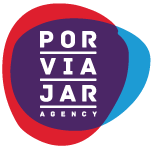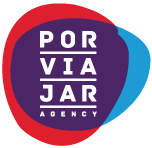Memorandum of Agreement a
When it comes to official agreements between individuals or organizations, a Memorandum of Agreement (MOA) is a common document used to outline the terms and conditions of a partnership or collaboration. In this article, we`ll explore the ins and outs of MOAs and why they are essential in various industries.
What is a Memorandum of Agreement?
A Memorandum of Agreement is a legal document that outlines the terms and conditions of a partnership or collaboration between two or more parties. It is a non-binding agreement that serves as a framework for the parties to work together towards a specific goal or objective. The MOA outlines the roles and responsibilities of each party, the timeline of the project, and any resources or funds that will be required.
Why are MOAs Important?
MOAs are essential for several reasons. First, they provide clarity and structure to a partnership or collaboration. By outlining the responsibilities of each party, it helps to prevent misunderstandings or conflicts that may arise during the project. Second, MOAs provide legal protection for all parties involved. If any party breaches the terms of the agreement, they can be held liable for any damages incurred. Third, MOAs can help to establish trust and credibility between parties, as it demonstrates a commitment to working together towards a common goal.
What Should Be Included in an MOA?
The contents of an MOA will vary depending on the nature of the partnership or collaboration. However, some essential elements that should be included in an MOA are:
1. Parties Involved: The MOA should clearly state the names and contact information of all parties involved in the agreement.
2. Purpose of the Agreement: The MOA should outline the reason for the collaboration and the objective that the parties are working towards.
3. Scope of the Agreement: The MOA should detail the scope of the partnership and what is expected of each party.
4. Duration of the Agreement: The MOA should specify the timeframe for the partnership or collaboration.
5. Roles and Responsibilities: The MOA should detail the roles and responsibilities of each party involved in the agreement.
6. Financing: If applicable, the MOA should outline the financial obligations of each party.
7. Intellectual Property: If any intellectual property is involved in the partnership or collaboration, the MOA should detail the ownership and usage rights.
8. Termination: The MOA should include provisions for termination, including the conditions under which the agreement can be terminated.
In conclusion, MOAs are an essential tool for any partnership or collaboration. They provide structure, legal protection, and establish trust between parties working towards a common goal. By outlining the roles and responsibilities of each party, the MOA helps prevent conflicts and misunderstandings that can arise during the project. If you`re considering entering into a partnership or collaboration, be sure to consult with an attorney or legal expert to ensure that your MOA is comprehensive and legally binding.

